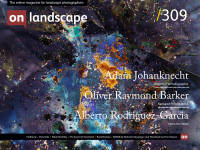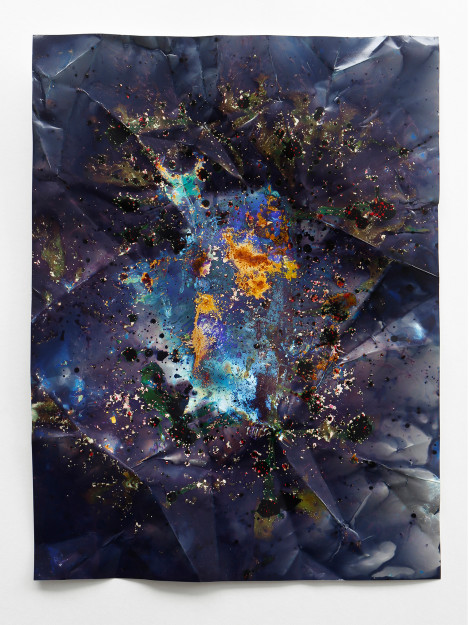Featured Photographer

Oliver Raymond Barker
Oliver Raymond Barker works with the mechanics and alchemy of photography to make images, objects and structures that expand upon what photography is and can be. Working predominantly with alternative analogue techniques he uses photography as a tool to uncover imagined narratives & unseen processes, framed by his interest in culture, ecology and spirituality.
His practice is sparked by immersion in nature - swimming, climbing and walking within peripheral landscapes. This exploration has confirmed in him the vital need to protect these surviving fragile ecosystems, also to illuminate the hidden stories of exploitation and control that are perpetuated by corporations, institutions and powerful individuals.

Tim Parkin
Amateur Photographer who plays with big cameras and film when in between digital photographs.
In 2010 there was a seminal exhibition at the Victoria and Albert museum entitles "Shadow Catchers - Camera-less Photography". The show was dedicated to the use of various techniques that involved photographic processes but excluded the use lenses and typical photographic apparatus. I was inspired by the photography of Adam Fuss and particularly that of Susan Derges whose images captured evocative representations of natural processes in an innovative and beautiful fashion. When Michela Griffiths suggested we interview Oliver Raymond Barker, some of whose work played in the same area as Susan, I relished the opportunity to talk to him about the artistic approaches he uses to develop his projects.
Can you tell a little bit about your background and what started you in photography?
I was born and grew up in Mid Wales, a very remote rural area surrounded by farms, fields and woods and I feel very lucky to have grown up there. I think that has had a massive influence on who I am and what I do.
One of the key things that really got me into photography was that I had very little interest in other subjects at school apart from art, and maybe languages.
Then, at the age of about 14, my brother gave me my first camera, a Pentax MX. He was an artist and was studying sculpture in London. I was able to do a photography GCSE at school and there was a tiny little dark room with two enlargers. I thought, “I can do this”, and it was creative - making mistakes and exploring the process.
What were you photographing then?
I was at that age where your tutors were getting you to fulfil the curriculum. But I was lucky as just at that time when I signed up to do photography GCSE, they got a photography teacher from London called Paul Edgeley, who had been successful as a photographer in London in the 1960s, 1970s, and 1980s.And he was amazing in just really pushing our technique to do interesting things, things such as solarisation and lith and all sorts of darkroom magic. In terms of what I was photographing, I used to enjoy the landscapes of Wales. There was some portraiture too, I guess. A bit of a mix as you do at that age.


